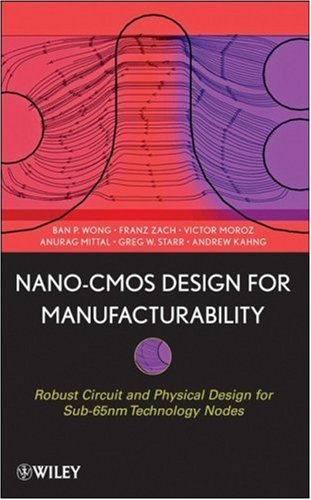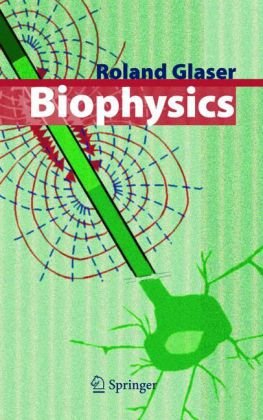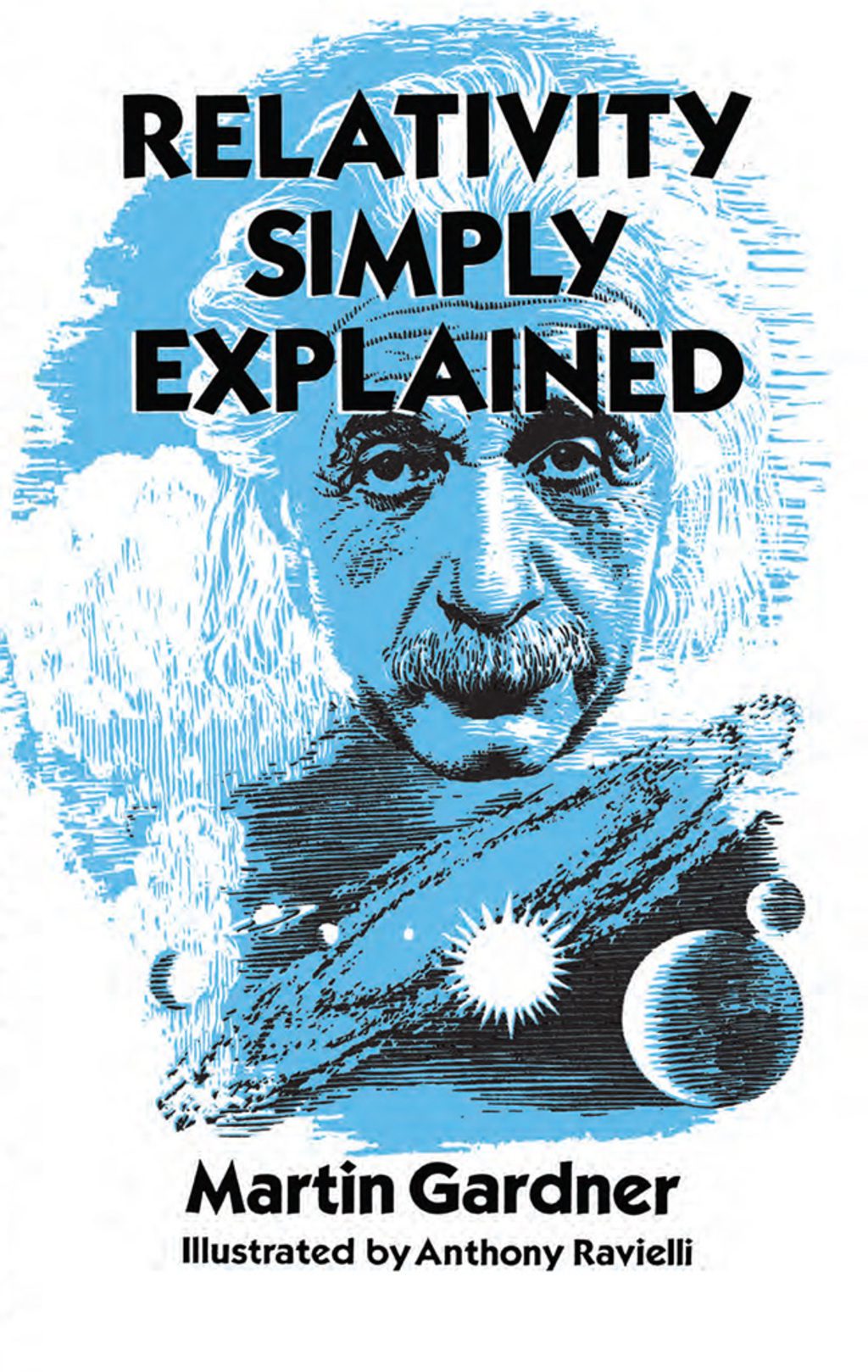Ban P. Wong, Anurag Mittal, Greg W. Starr, Franz Zach, Victor Moroz, Andrew Kahng0470112808, 9780470112809
Nano-CMOS Design for Manufacturability examines the challenges that design engineers face in the nano-scaled era, such as exacerbated effects and the proven design for manufacturability (DFM) methodology in the midst of increasing variability and design process interactions. In addition to discussing the difficulties brought on by the continued dimensional scaling in conformance with Moore’s law, the authors also tackle complex issues in the design process to overcome the difficulties, including the use of a functional first silicon to support a predictable product ramp. Moreover, they introduce several emerging concepts, including stress proximity effects, contour-based extraction, and design process interactions.
This book is the sequel to Nano-CMOS Circuit and Physical Design, taking design to technology nodes beyond 65nm geometries. It is divided into three parts:
Part One, Newly Exacerbated Effects, introduces the newly exacerbated effects that require designers’ attention, beginning with a discussion of the lithography aspects of DFM, followed by the impact of layout on transistor performance
Part Two, Design Solutions, examines how to mitigate the impact of process effects, discussing the methodology needed to make sub-wavelength patterning technology work in manufacturing, as well as design solutions to deal with signal, power integrity, WELL, stress proximity effects, and process variability
Part Three, The Road to DFM, describes new tools needed to support DFM efforts, including an auto-correction tool capable of fixing the layout of cells with multiple optimization goals, followed by a look ahead into the future of DFM
Throughout the book, real-world examples simplify complex concepts, helping readers see how they can successfully handle projects on Nano-CMOS nodes. It provides a bridge that allows engineers to go from physical and circuit design to fabrication processing and, in short, make designs that are not only functional, but that also meet power and performance goals within the design schedule.
Table of contents :
NANO-CMOSDESIGN FORMANUFACTURABILILTY……Page 3
CONTENTS……Page 5
PREFACE……Page 11
INTRODUCTION……Page 15
NEWLY EXACERBATED EFFECTS……Page 32
LITHOGRAPHY-RELA TED ASPECTS OF DFM……Page 33
INTERACTION OF LAYOUT WITH TRANSISTOR PERFORMANCE AND STRESS ENGINEERING TECHNIQUES……Page 138
DESIGN SOLUTIONS……Page 196
SIGNAL AND POWER INTEGRITY……Page 197
ANALOG AND MIXED-SIGNAL CIRCUIT DESIGN FOR YIELD AND MANUFACTURABILITY……Page 266
DESIGN FOR VARIABILITY, PERFORMANCE, AND YIELD……Page 291
THE ROAD TO DFM……Page 343
NANO-CMOS DESIGN TOOLS: BEYOND MODEL-BASED ANALYSIS AND CORRECTION……Page 344
INDEX……Page 390







Reviews
There are no reviews yet.